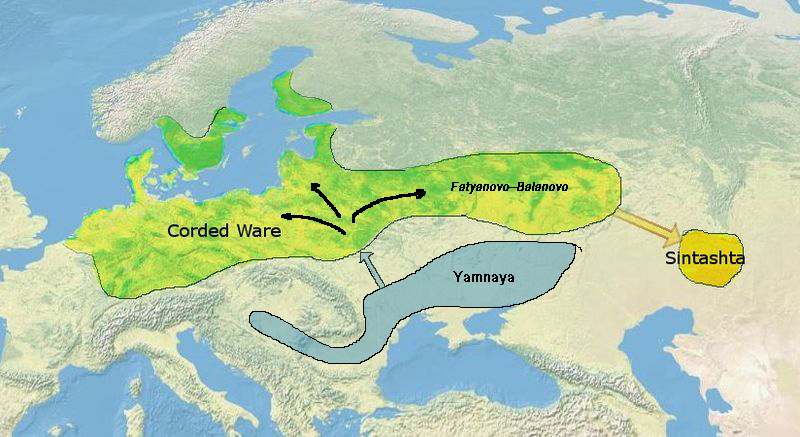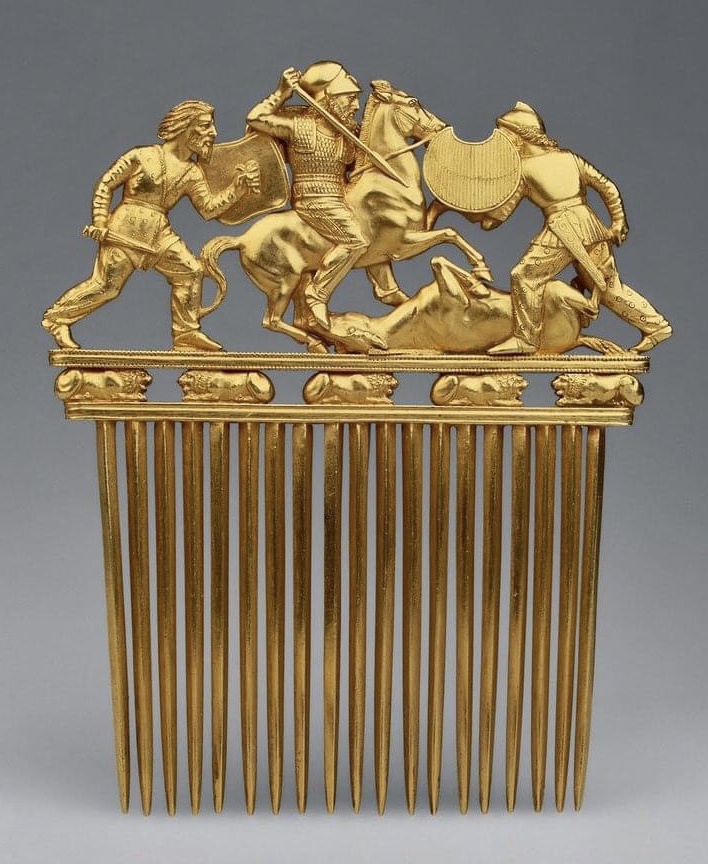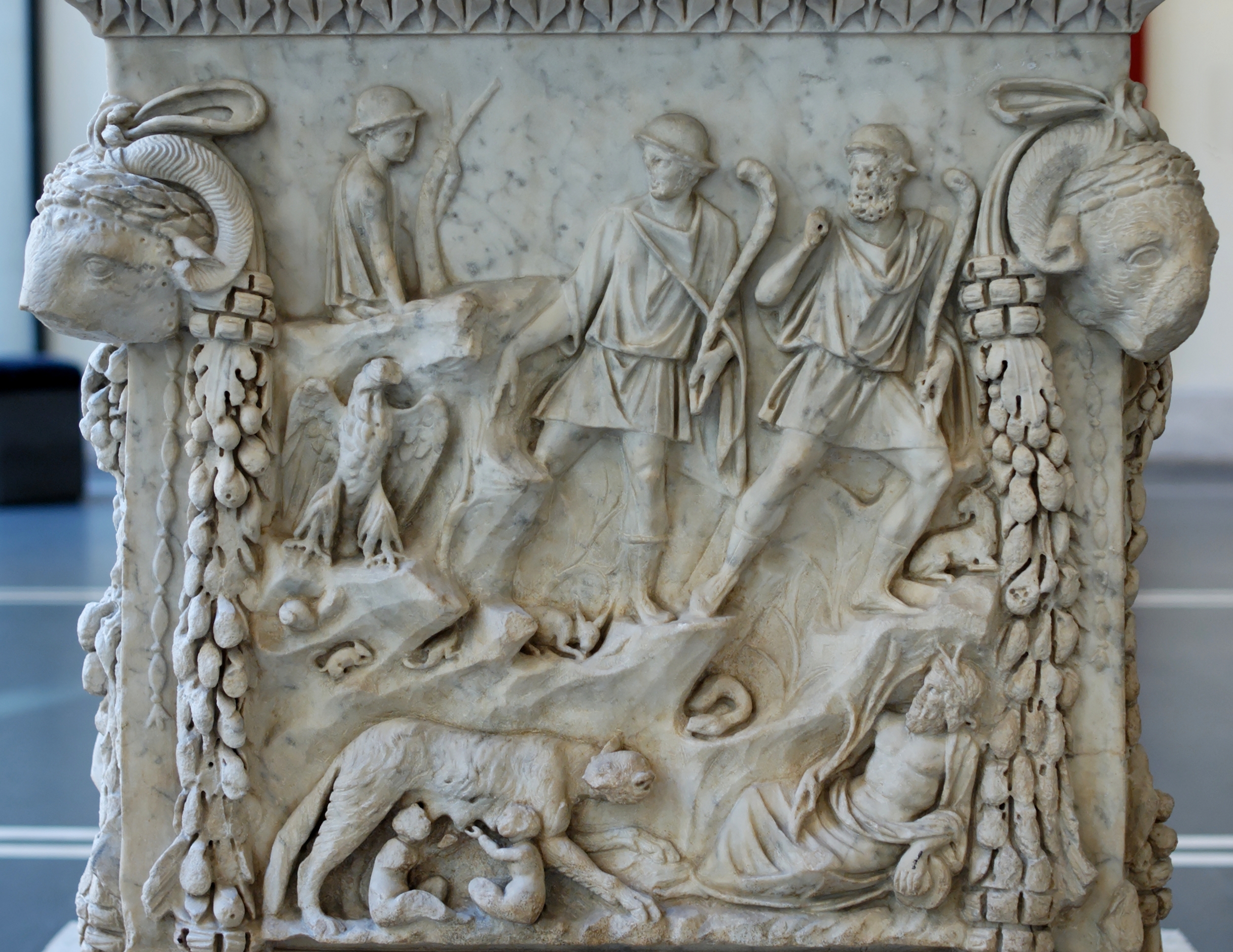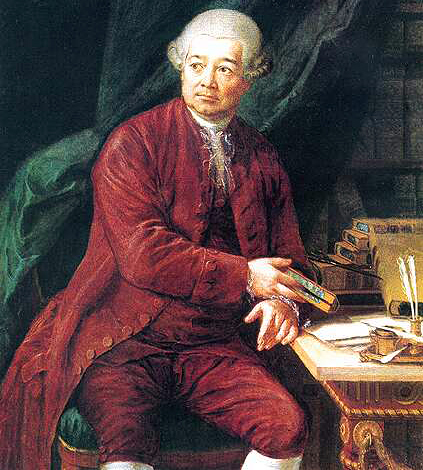|
Proto-Indo-Iranian Mythology
Proto-Indo-Iranian religion was the religion of the Indo-Iranian peoples and includes topics such as the mythology, legendry, folk tales, and folk beliefs of early Indo-Iranian culture. Reconstructed concepts include the universal force ''*Hṛta-'' (Sanskrit ''rta'', Avestan ''asha''), the sacred plant and drink ''*sawHma-'' (Sanskrit '' Soma'', Avestan ''Haoma'') and gods of social order such as ''*mitra-'' (Sanskrit ''Mitra'', Avestan and Old Persian ''Mithra'', ') and ''*bʰaga-'' (Sanskrit ''Bhaga'', Avestan and Old Persian ''Baga''). Proto-Indo-Iranian religion is an archaic offshoot of Indo-European religion. Origins and development Indo-Iranian languages include three subgroups: the Indo-Aryan languages (including the Dardic languages), the Iranian languages (east and west), and the Nuristani languages. From these various and dispersed cultures, a set of common ideas may be reconstructed from which a common, unattested proto-Indo-Iranian source may be deduced. Relations ... [...More Info...] [...Related Items...] OR: [Wikipedia] [Google] [Baidu] |
Indo-Iranians
The Indo-Iranian peoples, also known as Ā́rya or Aryans from their self-designation, were a group of Indo-European speaking peoples who brought the Indo-Iranian languages to parts of Europe, Central Asia, and South Asia in waves from the first part of the 2nd millennium BC onwards. They eventually branched out into the Iranian peoples and Indo-Aryan peoples. Nomenclature The term '' Aryan'' has long been used to denote the ''Indo-Iranians'', because ''Ā́rya'' was the self-designation of the ancient speakers of the Indo-Iranian languages, specifically the Iranian and the Indo-Aryan peoples, collectively known as the Indo-Iranians. Despite this, some scholars use the term Indo-Iranian to refer to this group, though the term "Aryan" remains widely used by most scholars, such as Josef Wiesehofer, Will Durant, and Jaakko Häkkinen. Population geneticist Luigi Luca Cavalli-Sforza, in his 1994 book ''The History and Geography of Human Genes'', also uses the term Aryan to d ... [...More Info...] [...Related Items...] OR: [Wikipedia] [Google] [Baidu] |
Iranian Languages
The Iranian languages, also called the Iranic languages, are a branch of the Indo-Iranian languages in the Indo-European language family that are spoken natively by the Iranian peoples, predominantly in the Iranian Plateau. The Iranian languages are grouped in three stages: Old Iranian (until 400 BCE), Middle Iranian (400 BCE – 900 CE) and New Iranian (since 900 CE). The two directly attested Old Iranian languages are Old Persian (from the Achaemenid Empire) and Old Avestan (the language of the Avesta). Of the Middle Iranian languages, the better understood and recorded ones are Middle Persian (from the Sasanian Empire), Parthian (from the Parthian Empire), and Bactrian (from the Kushan and Hephthalite empires). Number of speakers , '' Ethnologue'' estimates that there are 86 languages in the group. Terminology and grouping Etymology The term ''Iran'' derives directly from Middle Persian , first attested in a third-century inscription at Naqsh-e Rostam, ... [...More Info...] [...Related Items...] OR: [Wikipedia] [Google] [Baidu] |
Georges Dumézil
Georges Edmond Raoul Dumézil (4 March 189811 October 1986) was a French Philology, philologist, Linguistics, linguist, and religious studies scholar who specialized in comparative linguistics and comparative mythology, mythology. He was a professor at Istanbul University, École pratique des hautes études and the Collège de France, and a member of the Académie Française. Dumézil is well known for his formulation of the trifunctional hypothesis on Proto-Indo-European mythology and Proto-Indo-European society, society. His research has had a major influence on the fields of comparative mythology and Indo-European studies. In the 1930s he was a supporter (though not a formal member) of the far-right group Action Française, leading to criticism from left-wing scholars in the 1980s and afterwards. Early life and education Georges Dumézil was born in Paris, France, on 4 March 1898, the son of :fr:Jean Dumézil, Jean Anatole Jean Dumézil and Marguerite Dutier. His father was a ... [...More Info...] [...Related Items...] OR: [Wikipedia] [Google] [Baidu] |
Max Müller
Friedrich Max Müller (; 6 December 1823 – 28 October 1900) was a German-born British comparative philologist and oriental studies, Orientalist. He was one of the founders of the Western academic disciplines of Indology and religious studies. Müller wrote both scholarly and popular works on the subject of Indology. He directed the preparation of the ''Sacred Books of the East'', a 50-volume set of English translations which continued after his death. Müller became a professor at Oxford University, first of modern languages, then Diebold Professor of Comparative Philology, of comparative philology in a position founded for him, and which he held for the rest of his life. Early in his career he held strong views on India, believing that it needed to be transformed by Christianity. Later, his view became more nuanced, championing ancient Sanskrit literature and India more generally. He became involved in several controversies during his career: he was accused of being a ... [...More Info...] [...Related Items...] OR: [Wikipedia] [Google] [Baidu] |
Proto-Indo-European Religion
Proto-Indo-European mythology is the body of myths and deities associated with the Proto-Indo-Europeans, speakers of the hypothesized Proto-Indo-European language. Although the mythological motifs are not directly attested – since Proto-Indo-European speakers lived in preliterate societies – scholars of comparative mythology have reconstructed details from inherited similarities in mythological concepts found in Indo-European languages, based on the assumption that parts of the Proto-Indo-Europeans' original belief systems survived in the daughter traditions. The Proto-Indo-European pantheon includes a number of securely reconstructed deities, since they are both cognates—linguistic siblings from a common origin—and associated with similar attributes and body of myths: such as , the daylight-sky god; his consort , the earth mother; his daughter , the dawn goddess; his sons the Divine Twins; and and , a solar deity and moon deity, respectively. Some deities, ... [...More Info...] [...Related Items...] OR: [Wikipedia] [Google] [Baidu] |
Roman Mythology
Roman mythology is the body of myths of ancient Rome as represented in the literature and visual arts of the Romans, and is a form of Roman folklore. "Roman mythology" may also refer to the modern study of these representations, and to the subject matter as represented in the literature and art of other cultures in any period. Roman mythology draws from the mythology of the Italic peoples and shares mythemes with Proto-Indo-European mythology. The Romans usually treated their traditional narratives as historical, even when these have miraculous or supernatural elements. The stories are often concerned with politics and morality, and how an individual's personal integrity relates to his or her responsibility to the community or Roman state. Heroism is an important theme. When the stories illuminate Roman religious practices, they are more concerned with ritual, augury, and institutions than with theology or cosmogony. Roman mythology also draws on Greek mythology, pri ... [...More Info...] [...Related Items...] OR: [Wikipedia] [Google] [Baidu] |
Germanic Mythology
Germanic mythology consists of the body of myths native to the Germanic peoples, including Norse mythology, Anglo-Saxon paganism#Mythology, Anglo-Saxon mythology, and Continental Germanic mythology. It was a key element of Germanic paganism. Origins As the Germanic languages developed from Proto-Indo-European language, Germanic mythology is ultimately a development of Proto-Indo-European mythology. Archaeological remains, such as petroglyphs in Scandinavia, suggest continuity in Germanic mythology since at least the Nordic Bronze Age. Sources The earliest written sources on Germanic mythology include literature by Ancient Rome, Roman writers. This includes ''Commentaries on the Gallic War'' by Julius Caesar, ''Geographica'' by Strabo, and ''Germania (book), Germania'' by Tacitus. Later Latin-language sources on Germanic mythology include ''Getica'' by Jordanes, ''History of the Lombards'' by Paul the Deacon, ''Ecclesiastical History of the English People'' by Bede, ''Vita Ansga ... [...More Info...] [...Related Items...] OR: [Wikipedia] [Google] [Baidu] |
Greek Mythology
Greek mythology is the body of myths originally told by the Ancient Greece, ancient Greeks, and a genre of ancient Greek folklore, today absorbed alongside Roman mythology into the broader designation of classical mythology. These stories concern the ancient Greek religion's view of the Cosmogony, origin and Cosmology#Metaphysical cosmology, nature of the world; the lives and activities of List of Greek deities, deities, Greek hero cult, heroes, and List of Greek mythological creatures, mythological creatures; and the origins and significance of the ancient Greeks' cult (religious practice), cult and ritual practices. Modern scholars study the myths to shed light on the religious and political institutions of ancient Greece, and to better understand the nature of mythmaking itself. The Greek myths were initially propagated in an oral tradition, oral-poetic tradition most likely by Minoan civilization, Minoan and Mycenaean Greece, Mycenaean singers starting in the 18th century&n ... [...More Info...] [...Related Items...] OR: [Wikipedia] [Google] [Baidu] |
Norse Mythology
Norse, Nordic, or Scandinavian mythology, is the body of myths belonging to the North Germanic peoples, stemming from Old Norse religion and continuing after the Christianization of Scandinavia as the Nordic folklore of the modern period. The North Germanic languages, northernmost extension of Germanic mythology and stemming from Proto-Germanic folklore, Norse mythology consists of tales of various deities, beings, and heroes derived from numerous sources from both before and after the pagan period, including medieval manuscripts, archaeological representations, and folk tradition. The source texts mention numerous gods such as the thunder-god Thor, the Huginn and Muninn, raven-flanked god Odin, the goddess Freyja, and List of Germanic deities, numerous other deities. Most of the surviving mythology centers on the plights of the gods and their interaction with several other beings, such as humanity and the jötnar, beings who may be friends, lovers, foes, or family members of ... [...More Info...] [...Related Items...] OR: [Wikipedia] [Google] [Baidu] |
Celtic Mythology
Celtic mythology is the body of myths belonging to the Celtic peoples.Cunliffe, Barry, (1997) ''The Ancient Celts''. Oxford, Oxford University Press , pp. 183 (religion), 202, 204–8. Like other Iron Age Europeans, Celtic peoples followed a polytheistic religion, having many gods and goddesses. The mythologies of continental Celtic peoples, such as the Gauls and Celtiberians, did not survive their conquest by the Roman Empire, the loss of their Celtic languages and their subsequent conversion to Christianity. Only remnants are found in Greco-Roman sources and archaeology. Most surviving Celtic mythology belongs to the Insular Celtic peoples (the Gaels of Ireland and Scotland; the Celtic Britons of western Britain and Brittany). They preserved some of their myths in oral lore, which were eventually written down by Christian scribes in the Middle Ages. Irish mythology has the largest written body of myths, followed by Welsh mythology. The supernatural race called the ... [...More Info...] [...Related Items...] OR: [Wikipedia] [Google] [Baidu] |
Ethnology
Ethnology (from the , meaning 'nation') is an academic field and discipline that compares and analyzes the characteristics of different peoples and the relationships between them (compare cultural, social, or sociocultural anthropology). Scientific discipline Compared to ethnography, the study of single groups through direct contact with the culture, ethnology takes the research that ethnographers have compiled and then compares and contrasts different cultures. The term ''ethnologia'' (''ethnology'') is credited to Adam Franz Kollár (1718–1783) who used and defined it in his ''Historiae ivrisqve pvblici Regni Vngariae amoenitates'' published in Vienna in 1783. as: "the science of nations and peoples, or, that study of learned men in which they inquire into the origins, languages, customs, and institutions of various nations, and finally into the fatherland and ancient seats, in order to be able better to judge the nations and peoples in their own times." Kollár's int ... [...More Info...] [...Related Items...] OR: [Wikipedia] [Google] [Baidu] |









